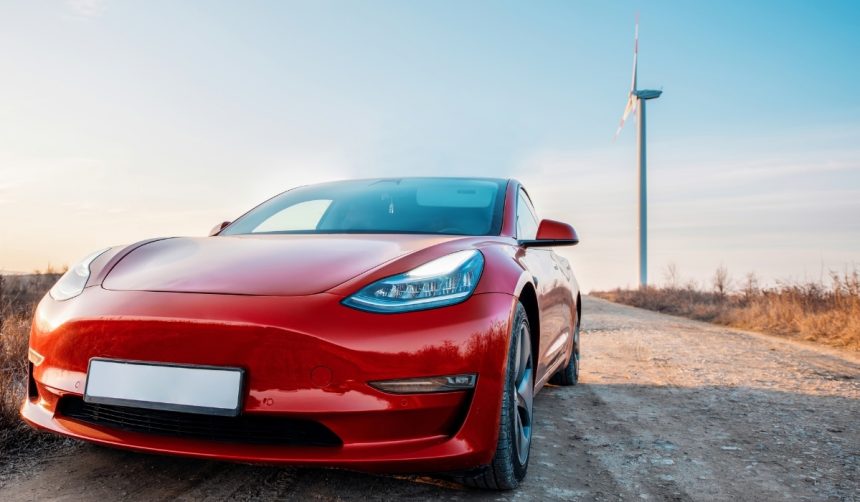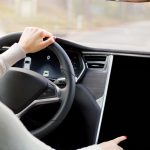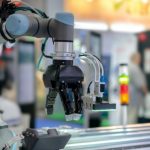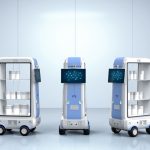Tesla has taken its first step into autonomous ride-hailing with a limited robotaxi launch in Austin, Texas, providing rides within a geofenced area. The company invited analysts and influential social media personalities to ride in its self-driving Model Y vehicles as part of an invite-only demonstration. Participants were strictly selected, and the early access rollout featured onboard safety monitors to oversee operations. Offering rides at a flat rate of $4.20, Tesla’s move signals increased interest in practical applications of its driverless technology. This development arrives as the company looks to strengthen investor confidence following a period of stock volatility and declining share value.
Industry observers have followed Tesla’s autonomous ambitions closely over the last several years, but previous milestones have been more speculative than operational. Past updates focused on software upgrades and full self-driving beta releases, often accompanied by delays. Now, Tesla has shifted its approach from broad promises to a tightly controlled pilot, marking a noticeable change from earlier patterns. Compared to previous public showcases or over-the-air features, this ride service marks the company’s most public and consumer-facing autonomous trial to date.
How Did the Initial Robotaxi Experience Unfold?
During the launch, participants experienced automated drives throughout a defined section of Austin, with vehicles encountering variable road conditions, including dirt roads and traffic cones. Although the system demonstrated the ability to manage complex driving scenarios, not all rides proceeded without hiccups; some vehicles had trouble with navigation or did not pull over as smoothly as intended. Feedback described the rides as generally “comfortable, safe and personalized,” but observers also noted the controlled scope and continued presence of safety monitors.
What are the Current Limitations and Next Steps?
Tesla’s current robotaxi offering operates exclusively between 6 a.m. and midnight with a minimum rider age restriction of 18 and includes only Model Y vehicles. Production of the Cybercab, which was introduced in October and is intended for broader robotaxi deployment, is scheduled to start next year. External analysis pointed out the small scale of the initial rollout, with estimates of only 10 to 20 vehicles actively used in the pilot phase. This limited launch aligns with common industry practice for early autonomous ride-hailing deployments, reflecting a cautious path forward.
Can Tesla Meet Its Ambitious Scaling Targets?
Despite Elon Musk’s forecasts of thousands of autonomous Teslas by 2026, financial analysts have flagged concerns about potential overoptimism. Some described the Austin robotaxi debut as an incremental advance rather than a leap forward. Achieving rapid and widespread deployment remains a challenge, with regulatory, technical, and operational hurdles ahead.
“Going into it, we expected to be impressed. Walking away from it, all there is to say is that this is the future,” commented Dan Ives of Wedbush Securities, capturing the mixture of anticipation and caution surrounding the launch.
Investor response to the initial rollout has been positive, reflected in a 9 percent increase in Tesla’s stock. The event was widely followed on social media, further boosting interest, yet doubts remain regarding Tesla’s ability to scale up in the short term. Expanding such a service will require both technical improvements and navigation of complex regulatory landscapes.
Looking at the broader context, limited-scale pilots are standard in the industry, with other autonomous ride providers following a similar path of gradual expansion. Tesla leverages its visibility and brand strength to generate excitement, but its robotaxi service must address unresolved challenges in areas such as navigation, rider safety, and scalability. Investors are likely to continue monitoring tangible progress rather than announcements alone. For those tracking developments in autonomous vehicles, the practical rollout in Austin serves as an opportunity to evaluate real-world performance rather than theoretical potential, while offering insight into the complexities associated with autonomous mobility at scale.










